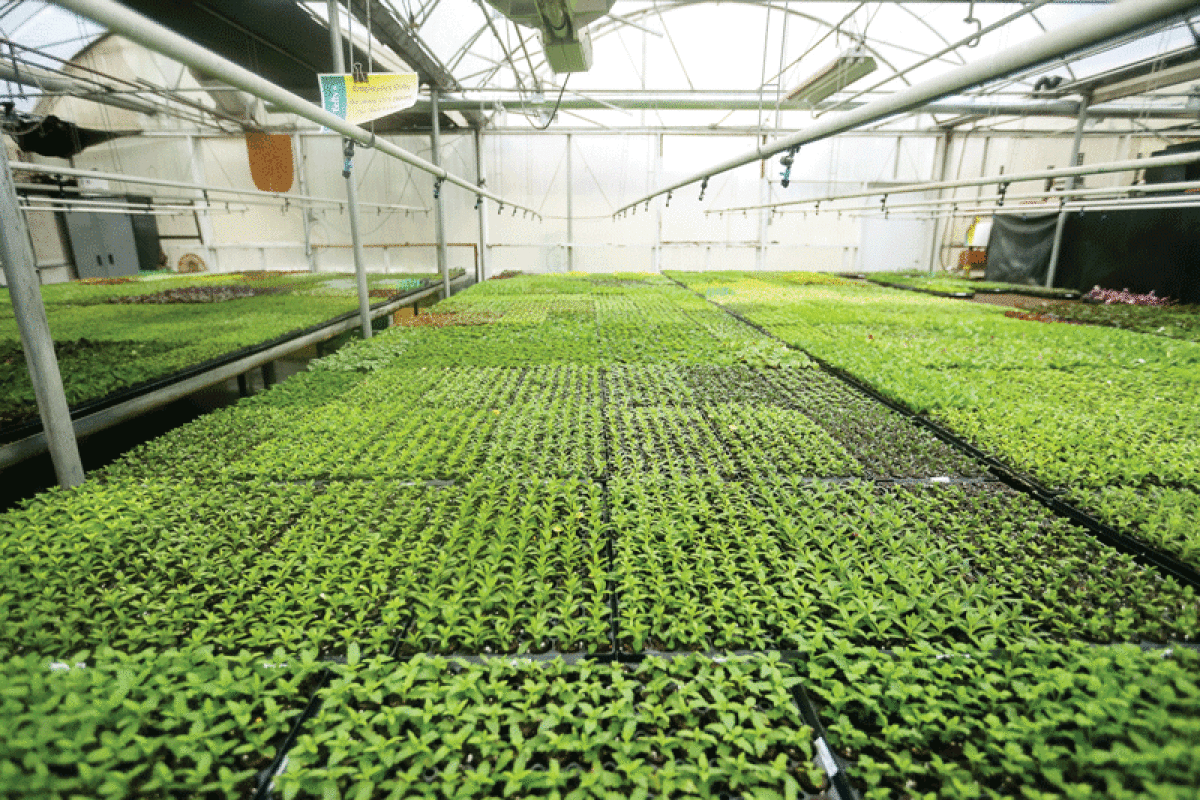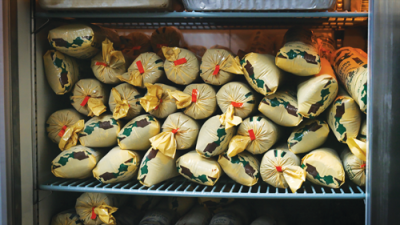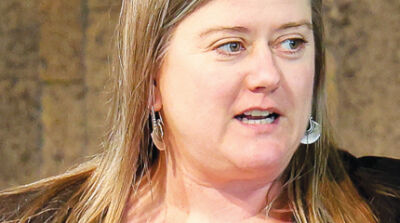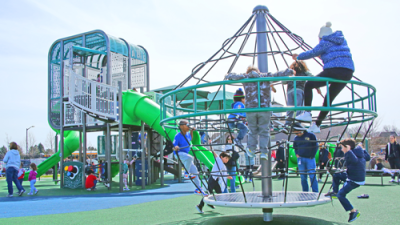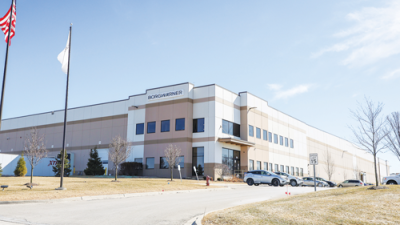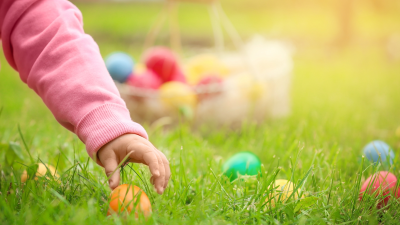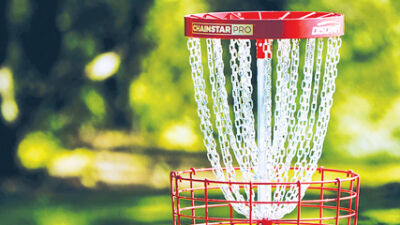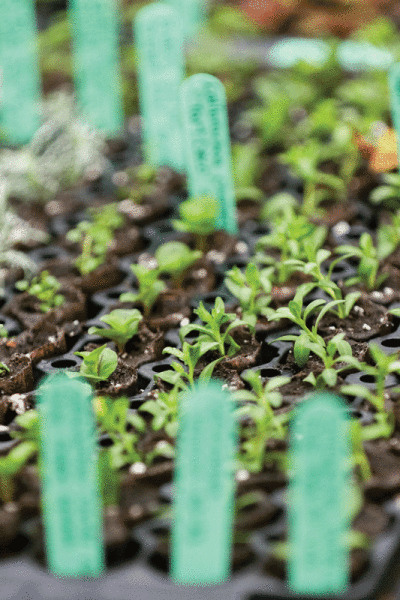
Many gardeners start seeds indoors and then move the young plants outside once the weather warms up. When starting seeds indoors, the right amount of moisture is required.
Photo by Patricia O’Blenes
METRO DETROIT — Even though recent weather has seen its share of snow and ice, many gardeners are wasting no time with starting to plant seeds indoors with the intention of taking them outside once the weather warms up.
Luke Marion, owner of MIgardener in St. Clair, Michigan, said many gardeners get started on planting their herb or veggie seedlings indoors so they don’t have to wait past the last frost.
“Because in colder climates, you have a shorter season,” he explained. “It’s going to give you a head start to your growing season.”
The season’s length for indoor seed starting depends on which herbs or veggies someone plans to grow, but he said it can commonly range from February to May in Michigan.
“With some herbs, it can be as early as, like, late February,” he said. “But it just depends on the setup and what they’re really trying to achieve. You don’t have to start that early.”
When it comes to setting up a seed-starting space in your home, space requirements can depend on a gardener’s ambitions, Marion said. Vertical shelves and racks, each having a dedicated grow light, can maximize efficiency. But he said you don’t necessarily need lots of space to get started — even a card table under grow lights can work.
“I would say a decent space would be probably like 6 to 8 square feet of space,” he said. “You’re going to be growing in smaller containers and moving them outside later.”
George Papadelis, owner of Telly’s Greenhouse in Troy and Shelby Township, said “the simpler, the better” is typically the case for containers to plant growing seeds. He also discussed the importance of letting containers drain water from the bottom, so gardeners should have something like a cafeteria tray or other water collector “handy to serve as the bottom component of your seedling grow area.”
Papadelis recommended a temperature of 72 degrees while seeds are germinating. After plants germinate, heat can be lowered somewhat, especially when it’s time to harden off the plants before planting them outside, he said.
“If you don’t have a ‘hot spot,’ a lot of people’s seeds will go on top of the refrigerator because it tends to generate some heat up there,” he explained, though he added that some people prefer to buy a heating pad since it might be hard to see a refrigerator top.
Marion recommended keeping the home’s humidity between 40% and 50% while seed starting.
“Seeds like humidity when they are germinating,” he said. “That’s not as much of a concern as is temperature. As long as it is 65-70 degrees, they’re going to be fine.”
Ample lighting is also a must for seed starting. Papadelis said there are “hundreds of different models” of grow lights, and the model can affect how long it should be on or the distance to keep it from the growing seedlings. If you’re not careful, the young plants can get fried, he said.
“You got to experiment and be really, really smart unless you have experience with that grow light,” he said.
Marion said a typical windowsill isn’t enough, and he said he uses grow lights and typically leaves them on for 14-16 hours a day.
“It’s difficult with windowsills only because most windows only get between two to four hours of sunlight, if that, and most seedlings need five to seven hours,” he said. “You can always use a windowsill and supplement the light. ... Otherwise, your seedlings are going to get leggy, stretching toward the light.”
Marion also recommends adding a fan to the seed-starting room, which he said prevents stagnant air that can contribute to plant diseases. Papadelis recommended “a tiny, tiny little fan” somewhere in the room moving air around.
“You don’t want to point a fan right at the seedlings,” Papadelis said.
Find out more about Telly’s Greenhouse in Troy and Shelby Township by visiting tellys.com. Learn more about MIgardener in St. Clair by visiting migardener.com.
 Publication select ▼
Publication select ▼